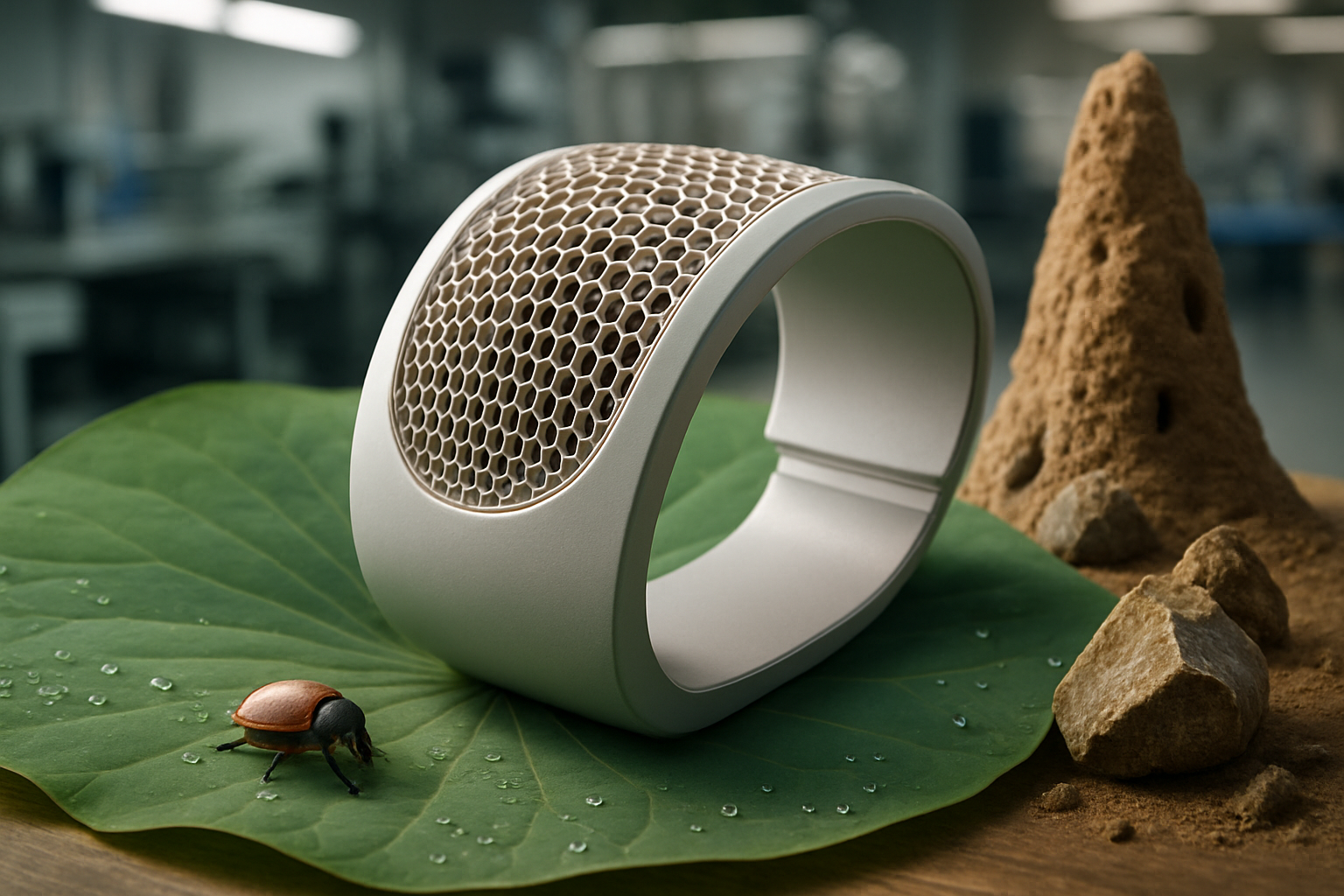The Hidden World of Automotive Biomimicry
In the relentless pursuit of innovation, automotive engineers are turning to an unexpected source of inspiration: nature itself. This fascinating field, known as automotive biomimicry, is revolutionizing car design and performance by adapting biological principles to solve complex engineering challenges. From shark-inspired aerodynamics to gecko-like adhesives, the automotive industry is tapping into millions of years of evolutionary wisdom to create more efficient, safer, and environmentally friendly vehicles.

Nature’s Blueprint: The Foundations of Automotive Biomimicry
Biomimicry in the automotive sector draws inspiration from a wide range of biological systems. From the streamlined shape of fish to the energy-efficient locomotion of insects, nature provides a vast repository of tried-and-tested designs. One of the earliest examples of biomimicry in automotive design was the boxfish-inspired concept car developed by Mercedes-Benz in 2005. The unique shape of the boxfish, which allows it to move effortlessly through water despite its boxy appearance, inspired a car design that was both aerodynamic and spacious.
Another area where biomimicry has made significant inroads is in tire design. Tire manufacturers have looked to the paws of cats and dogs for inspiration in creating treads that provide superior grip in wet conditions. The intricate patterns found on animal paws, which allow for efficient water dispersion, have been adapted to create tires that maintain contact with the road even in challenging weather conditions.
From Concept to Reality: Implementing Biomimetic Solutions
Translating biological principles into practical automotive applications requires a multidisciplinary approach. Engineers, biologists, and materials scientists collaborate to analyze natural structures and processes, identifying key features that can be adapted for vehicular use. This process often involves advanced computer modeling and simulation to test biomimetic designs before they are physically prototyped.
One exciting area of development is in structural design. The honeycomb structure found in beehives has inspired lightweight yet incredibly strong materials for use in vehicle bodies. These biomimetic structures offer improved crash protection while reducing overall vehicle weight, leading to better fuel efficiency. Similarly, the impact-resistant properties of certain seashells have influenced the development of new composite materials for automotive applications.
Beyond Performance: Biomimicry in Manufacturing and Sustainability
Biomimicry extends beyond just vehicle design to encompass manufacturing processes and sustainability initiatives. The automotive industry is increasingly looking to nature for solutions to reduce its environmental footprint. For instance, the self-cleaning properties of lotus leaves have inspired coatings that keep car exteriors clean with minimal water use, potentially revolutionizing the car washing industry.
In the realm of manufacturing, some companies are exploring bio-inspired production methods. The way spiders produce silk – a material stronger than steel yet incredibly lightweight – has led to research into more efficient and environmentally friendly ways to produce synthetic fibers for use in vehicle interiors and components.
Challenges and Future Directions in Automotive Biomimicry
While the potential of biomimicry in automotive design is immense, it is not without challenges. Translating biological principles to mechanical systems often requires significant adaptation and innovation. Additionally, the cost of developing and implementing these bio-inspired technologies can be prohibitive, at least in the early stages.
However, as research progresses and manufacturing techniques improve, many of these challenges are being overcome. The future of automotive biomimicry looks promising, with potential applications ranging from self-healing vehicle surfaces inspired by human skin to energy storage systems modeled after plant photosynthesis.
The Road Ahead: Integrating Nature and Technology
As we look to the future of automotive design, biomimicry stands out as a powerful tool for innovation. By harnessing the wisdom of nature, engineers are not only creating more efficient and sustainable vehicles but also fostering a new paradigm of design that sees technology and nature as complementary rather than opposing forces.
The integration of biomimetic principles in automotive engineering represents a shift towards a more holistic approach to vehicle design. It encourages us to view cars not as isolated mechanical entities, but as part of a larger ecosystem. This perspective could lead to vehicles that are not only more efficient and safer but also more in harmony with the environment they operate in.
As research in this field continues to advance, we can expect to see an increasing number of nature-inspired innovations making their way into mainstream automotive design. From enhanced safety features to more sustainable manufacturing processes, biomimicry has the potential to transform every aspect of the automotive industry. The cars of the future may not just be marvels of human engineering, but also a testament to the ingenuity of nature itself.





